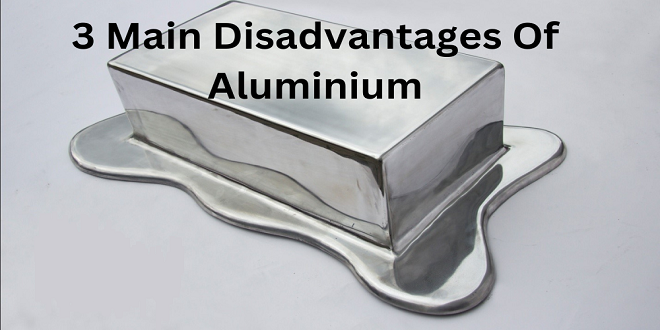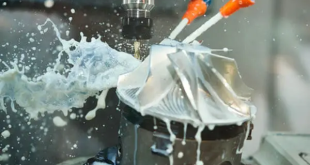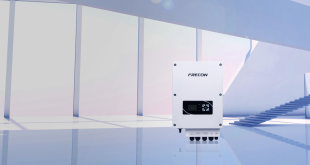Aluminum is a widely used metal in many industries due to its excellent properties such as high strength-to-weight ratio, good thermal conductivity, and corrosion resistance. However, like all materials, aluminum also has its disadvantages, which should be considered before selecting it for a particular application. In this article, we will discuss three main disadvantages of aluminium.
High energy consumption during production
The production of aluminum is an energy-intensive process, which involves several stages such as mining bauxite, refining it into alumina, and electrolyzing alumina to produce aluminum. The primary energy source for aluminum production is electricity, which is mostly generated from fossil fuels. As a result, aluminum production is responsible for significant greenhouse gas emissions and environmental impacts.
According to the International Energy Agency, aluminum production consumed about 3% of the world’s electricity in 2019, making it one of the most energy-intensive industries globally. The high energy consumption during aluminum production not only increases its cost but also contributes to climate change and environmental degradation.
High cost
The production of aluminum is not only energy-intensive but also capital-intensive, requiring significant investments in machinery, infrastructure, and labor. The high cost of aluminum production is due to the complexity and scale of the process, the cost of energy, and the price of raw materials.
Compared to other materials such as steel and plastics, aluminum is relatively expensive, which limits its use in some applications, particularly where cost is a significant factor. For example, in the construction industry, aluminum is used primarily in high-end buildings and structures, where its lightweight and corrosion-resistant properties are essential, but not commonly used in low-cost housing and infrastructure projects.
Corrosion
Although aluminum has excellent corrosion resistance, it is not immune to corrosion. Aluminum can corrode when exposed to certain environments such as saltwater, acidic solutions, and alkaline solutions. The corrosion of aluminum can weaken its structural integrity, reduce its lifespan, and affect its appearance.
One common form of corrosion in aluminum is pitting corrosion, which can occur when aluminum is exposed to chloride ions, such as in seawater. Pitting corrosion can cause small, deep pits on the surface of aluminum, which can lead to stress concentration and cracking.
Another form of corrosion that can affect aluminum is galvanic corrosion, which occurs when two dissimilar metals are in contact with each other in the presence of an electrolyte. Galvanic corrosion can cause rapid corrosion of aluminum, particularly when it is in contact with a more anodic metal.
To prevent corrosion of aluminum, various techniques can be used, such as anodizing, painting, powder coating, and using corrosion-resistant alloys.
Conclusion
In conclusion, aluminum is an excellent material with many benefits, but it also has its disadvantages, such as high energy consumption during production, high cost, and susceptibility to corrosion. These drawbacks should be considered when selecting aluminum for a particular application. Despite its disadvantages, aluminum remains a highly useful material for many industries, and ongoing research is being conducted to improve its sustainability, reduce its cost, and enhance its properties.
 BESTCITYTRIPS
BESTCITYTRIPS




